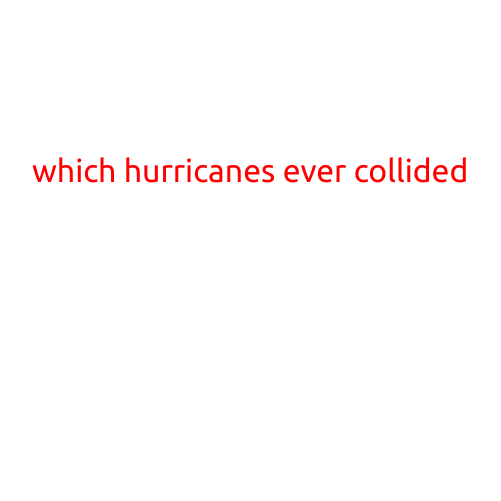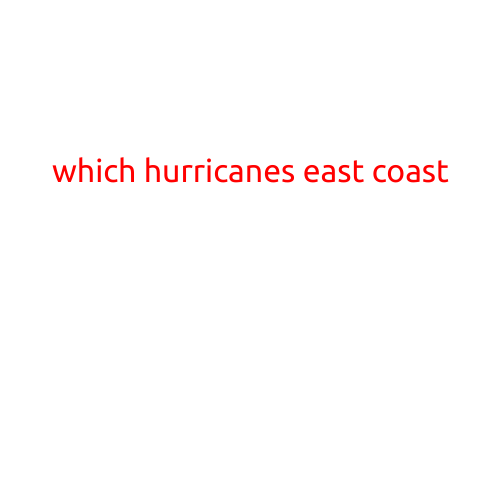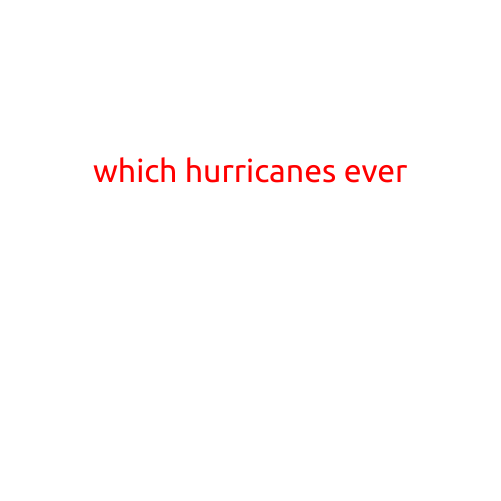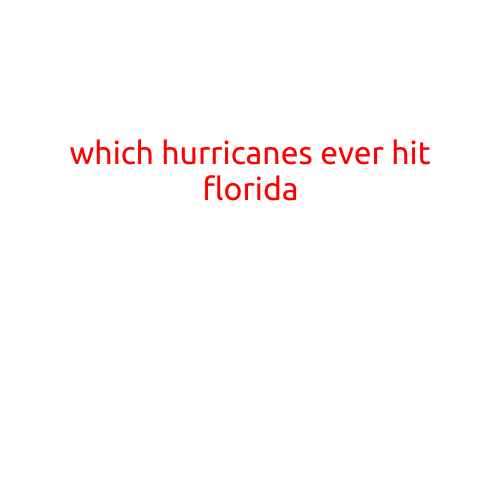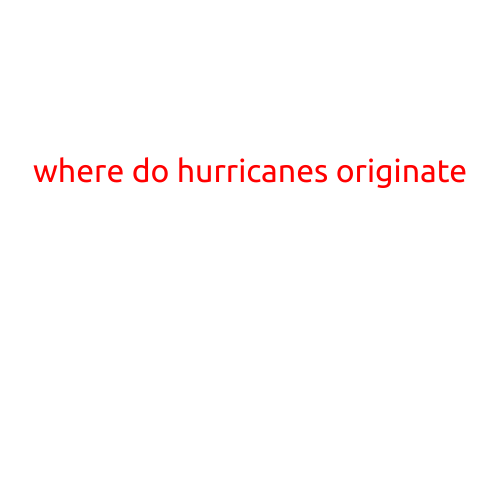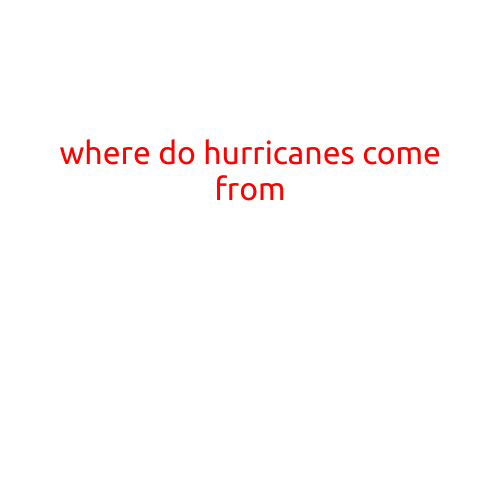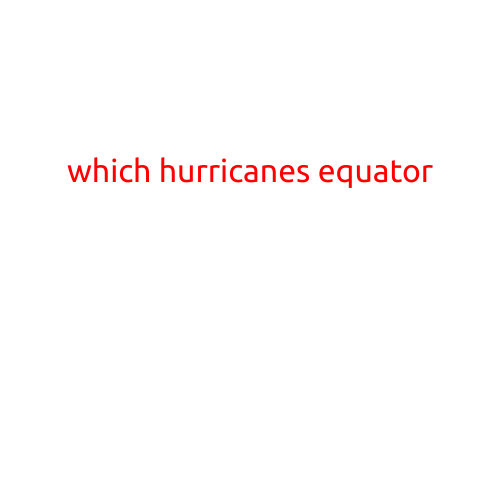
Which Hurricanes Equator? Separating Fact from Fiction
The phrase “hurricanes” and “Equator” often seem like mutually exclusive terms. Hurricanes are intense tropical cyclones that form in the Atlantic and northeast Pacific, typically within 20° of the equator. On the other hand, the Equator is an imaginary line that runs around the middle of the Earth, separating the Northern Hemisphere from the Southern Hemisphere. So, which hurricanes actually form near the Equator?
The Truth About Hurricanes and the Equator
Hurricanes do not form directly on the Equator due to a phenomenon called the Coriolis effect. The Coriolis effect is a result of the Earth’s rotation, which causes moving objects (including air masses) to curve or veer to the right in the Northern Hemisphere and to the left in the Southern Hemisphere. In the tropics, near the Equator, the Coriolis effect is relatively weak, making it difficult for hurricanes to form.
However, hurricanes can form within a few degrees of the Equator. These hurricanes are often referred to as “tropical cyclones” or “typhoons,” which are the same type of storm as a hurricane, just with different names depending on the region.
Where Do Hurricanes Typically Form?
Hurricanes typically form in the following areas:
- Atlantic Ocean: Hurricanes often form off the coast of West Africa and move westward across the Atlantic, eventually making landfall in the Caribbean or the southeastern United States.
- Northwest Pacific: Typhoons (the same type of storm as a hurricane) form in the northwest Pacific Ocean, often affecting countries such as Japan, the Philippines, and Taiwan.
- Northeast Pacific: Hurricanes can form in the northeast Pacific Ocean, affecting the west coast of Mexico and the United States.
Key Factors That Influence Hurricane Formation
Several key factors influence the formation of hurricanes, including:
- Warm ocean waters: Hurricanes need warm ocean water (at least 26.5°C or 80°F) to form and maintain their strength.
- Moisture and humidity: Hurricanes require high levels of atmospheric moisture and humidity to develop and sustain themselves.
- Low pressure systems: Hurricanes often form within areas of low atmospheric pressure, which allows them to strengthen.
- Wind shear: Hurricanes need minimal wind shear (a change in wind direction and speed with height) to develop and maintain their structure.
In summary, while hurricanes do not form directly on the Equator, they can form within a few degrees of the Equator in the Atlantic and northeast Pacific. Understanding the factors that influence hurricane formation is crucial for predicting the trajectory and intensity of these powerful storms.
